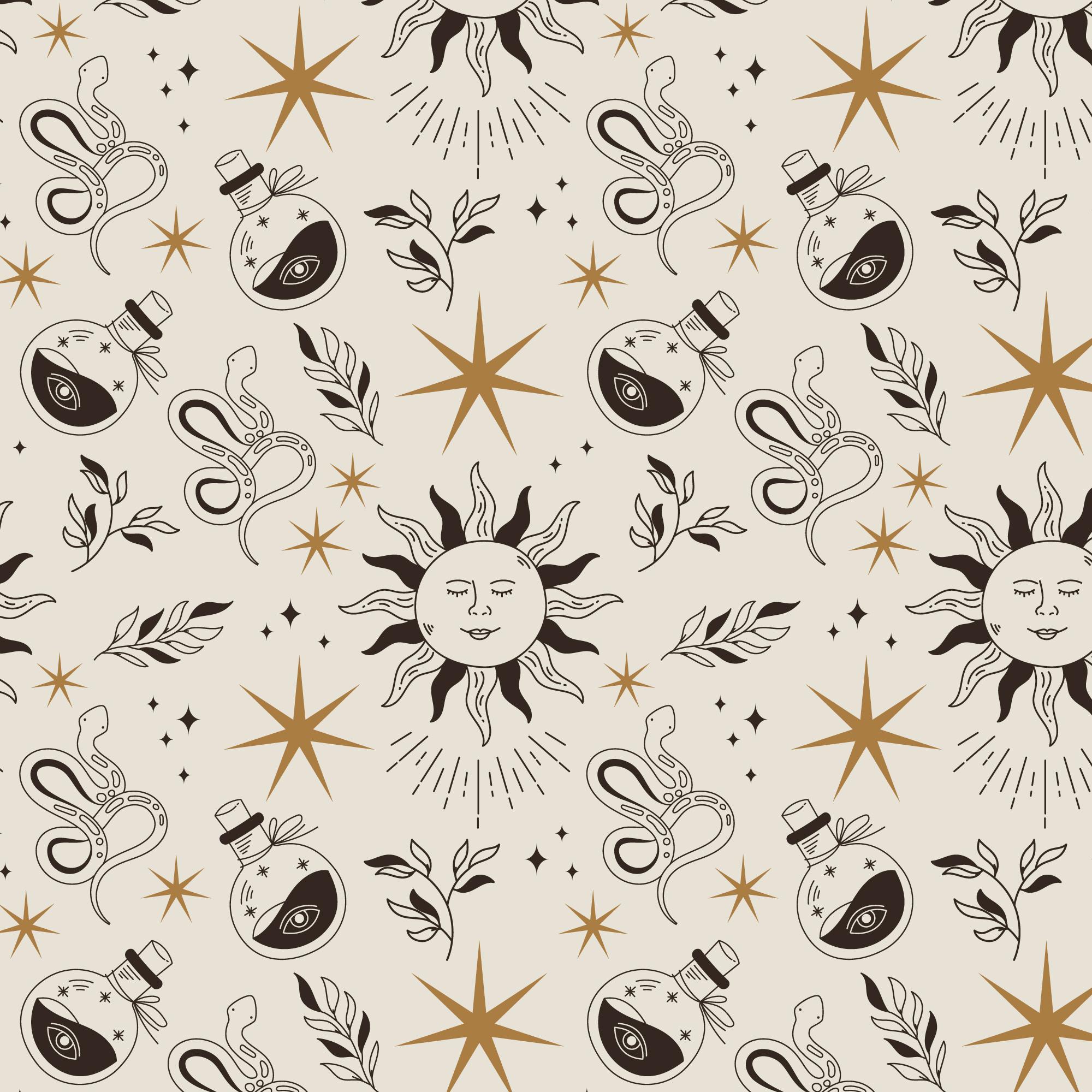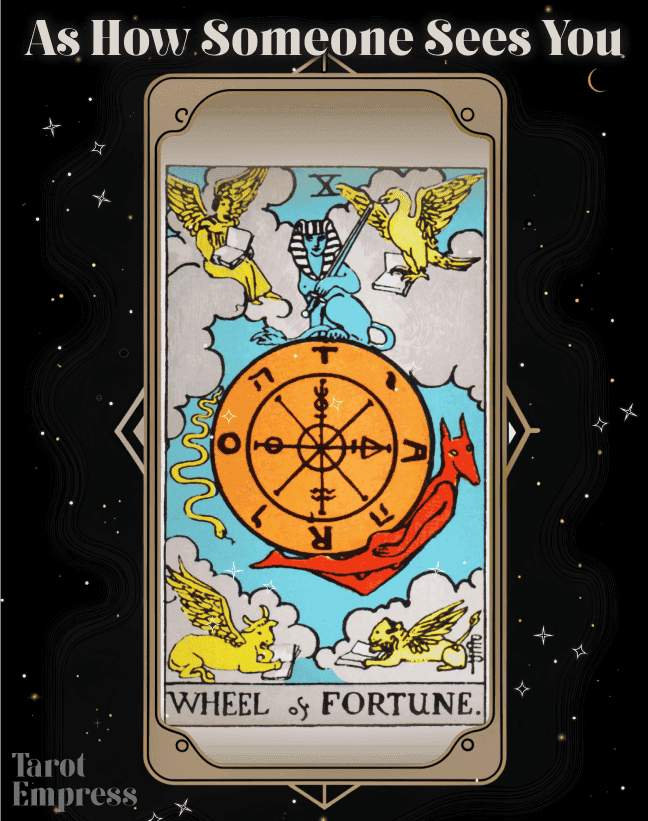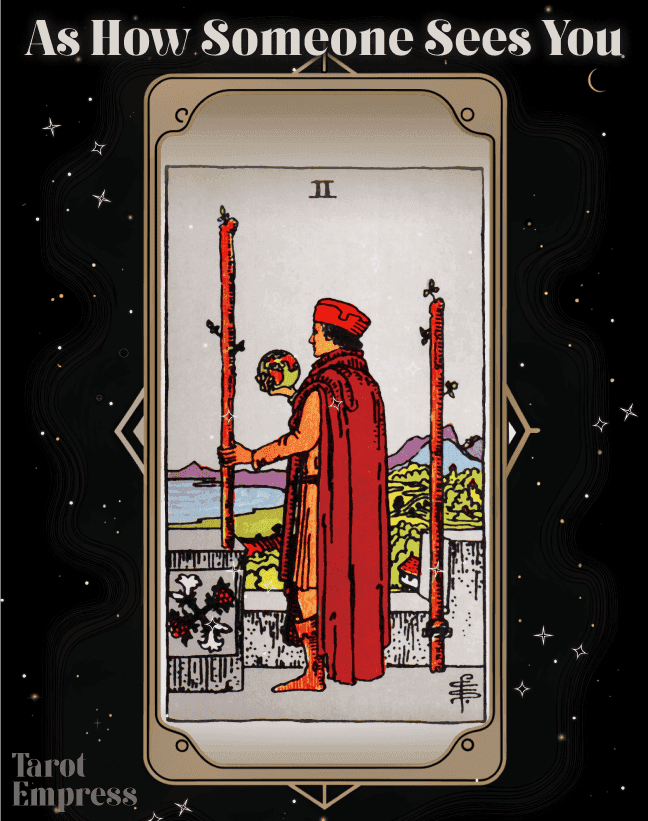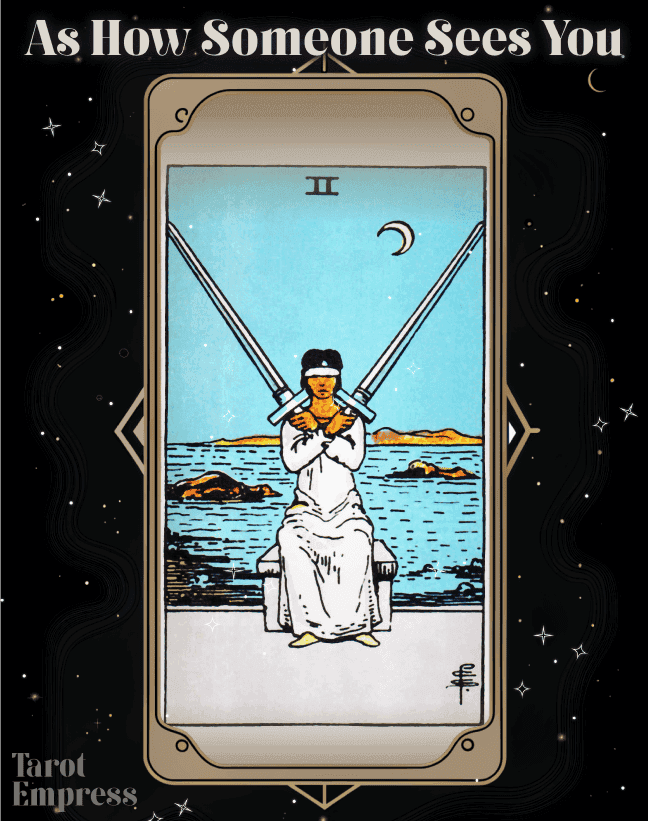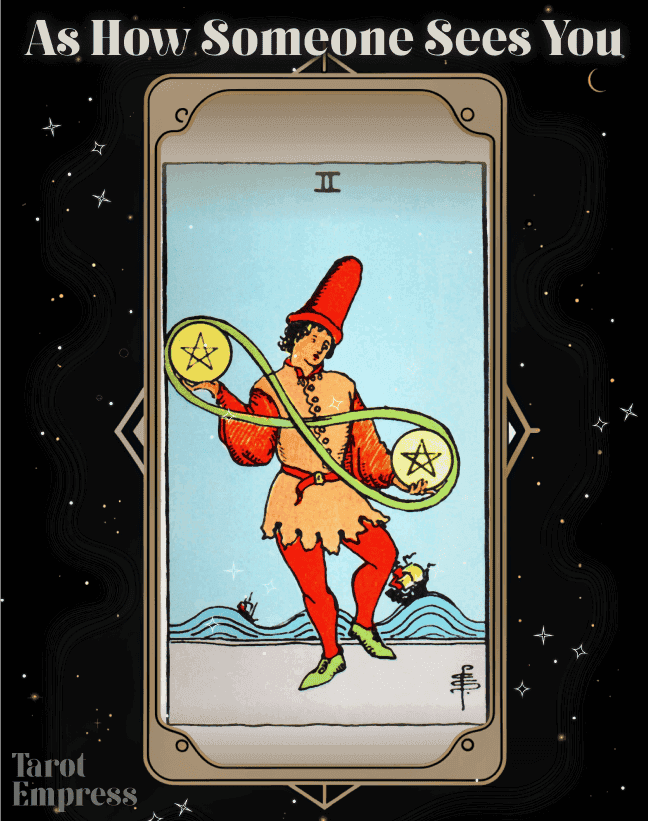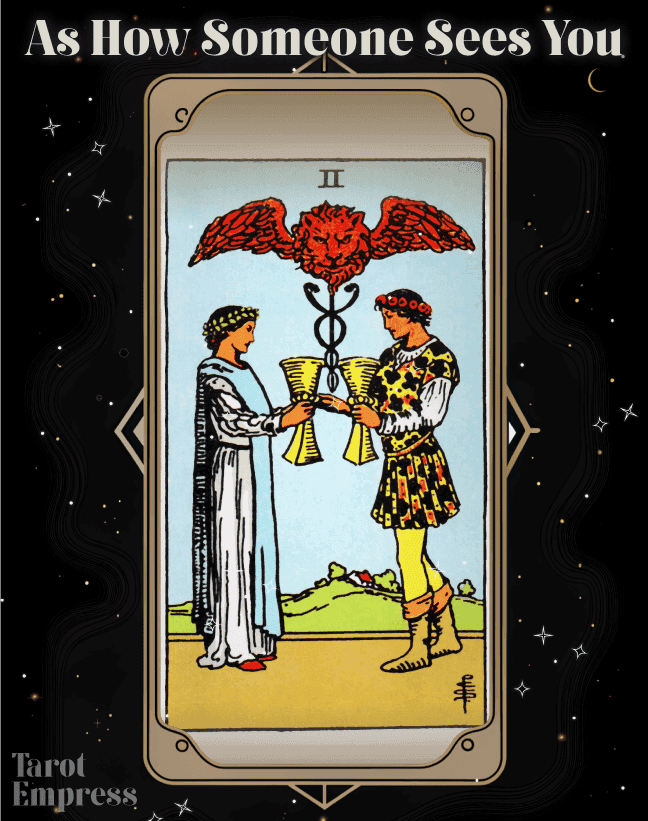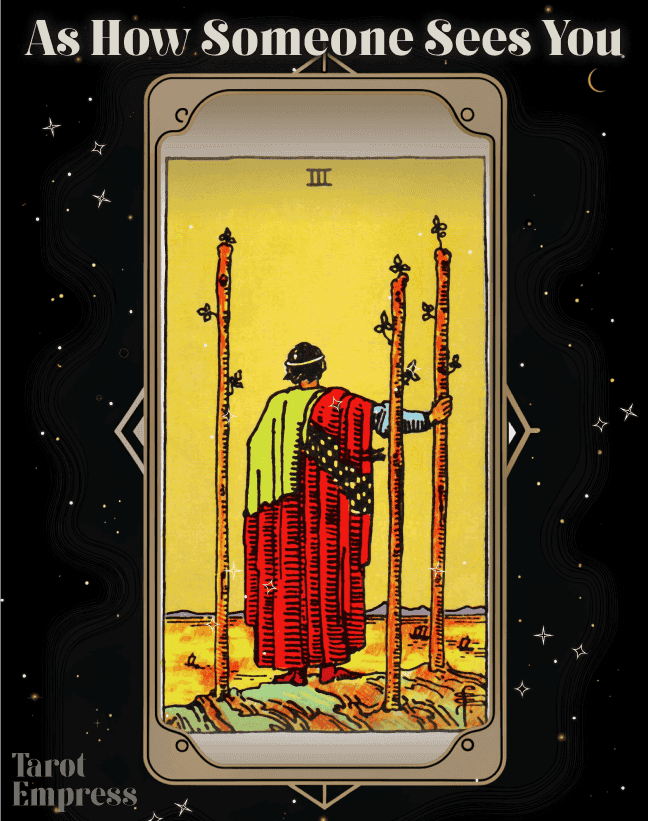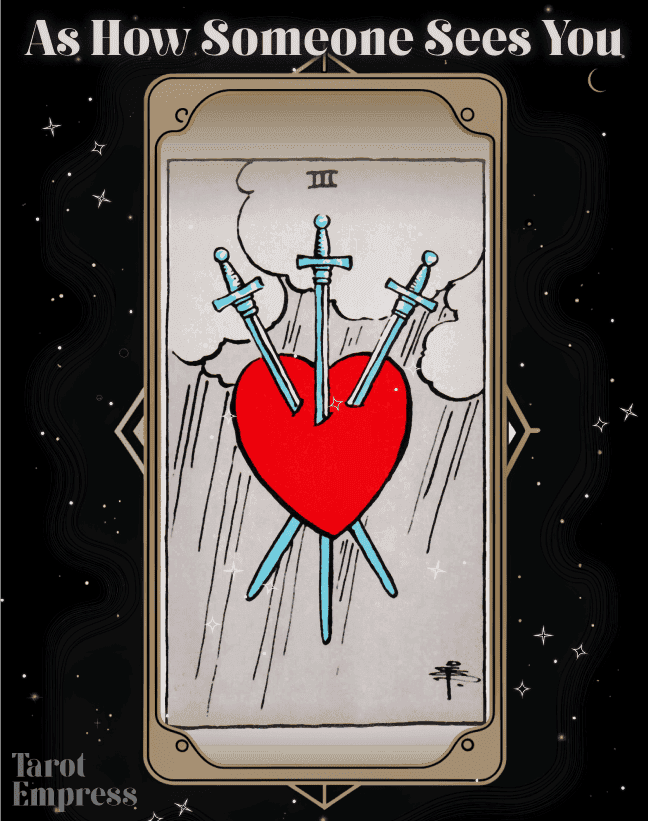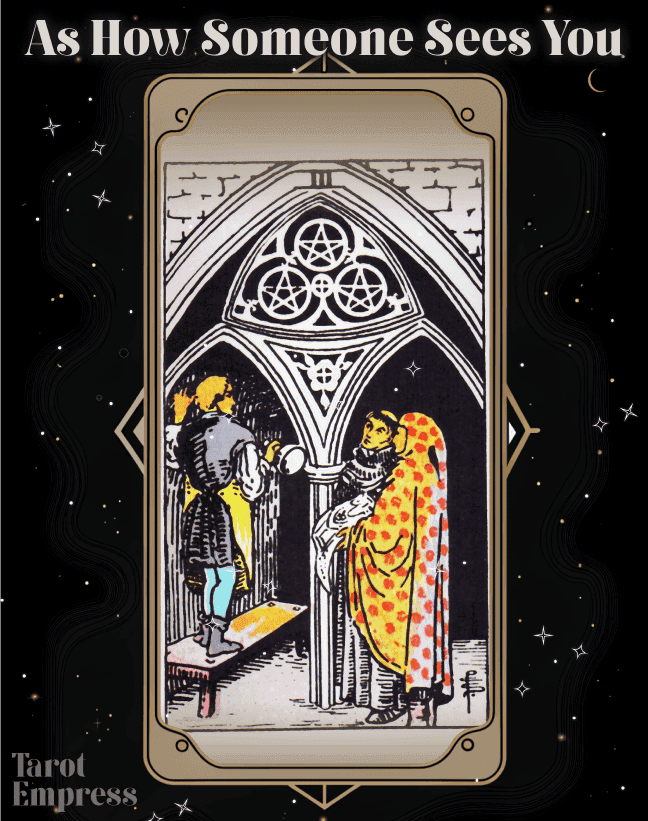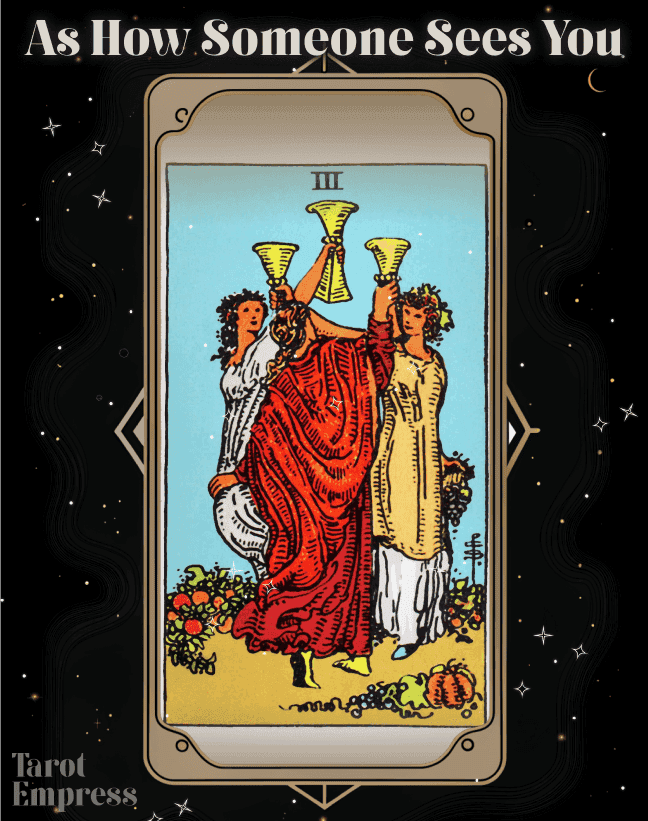The mysterious and often misunderstood Death card in tarot evokes a range of emotions and reactions. For some, it heralds fear and trepidation, while for others, it signals the promise of new beginnings. As we dive into the nuances of the Death card as intentions, both in its upright and reversed positions, it becomes a beacon of insight into our inner motivations and desires. The intention behind drawing this card can be profound, shedding light on transformative energies at work within relationships, careers, and personal growth.

What the Death Card Signifies in Terms of Intentions
To grasp the significance of the Death card in tarot, one must first understand its symbolic essence. Contrary to its grim name and appearance, the card does not signify literal death. Rather, it encapsulates themes of transformation, endings, and regeneration. The presence of the Death card in a reading often signals the closing of one chapter and the ushering in of another, representing the cyclical nature of life. This dynamic energy reflects deeply on a person's intentions, marking pivotal moments of change.
In its upright position, the Death card speaks to the intention of embracing transformation wholeheartedly. It suggests a readiness to let go of outdated patterns and welcome new possibilities. On the other hand, when the card appears reversed, it may indicate a resistance to change or an unwillingness to release the past. These contrasting interpretations offer valuable insights into the complexities of human motivations.
Upright Death as Intentions: Embracing Transformation
When the Death card appears upright in a reading, it conveys the intention of seeking and accepting profound change. This stance is not merely about passive acquiescence but involves active engagement with the process of ending and beginning.
Manifesting Renewal
Releasing the Outdated: The upright Death card suggests someone is intentionally working to shed old habits, relationships, or situations that no longer serve their highest good. This deliberate act of letting go is a precursor to personal growth and transformation.
Embracing New Beginnings: Alongside the intention to release comes the readiness to welcome new opportunities. Whether it’s a new job, a budding romance, or a fresh perspective, the individual is poised to step into uncharted territories with an open heart.
Transformation through Acceptance: Acceptance plays a critical role here. By acknowledging the natural rhythm of life’s cycles, the person aligns themselves with the ebb and flow of existence, demonstrating a deep understanding and willingness to evolve.
Catalyzing Change: In some scenarios, the intention behind the upright Death card is to be a catalyst for change within their environment. This could manifest as inspiring others to seek change or initiating significant shifts within a community or organization.
Preparation and Planning: The upright Death card also signals meticulous planning and preparation for the impending change. This foresight helps in ensuring that the transition is as smooth as possible.
In Action: Real-Life Scenarios
Career Transitions: Consider an individual employed in a stable but unfulfilling job. The upright Death card as an intention signifies their readiness to leave this job for a more fulfilling career. The shift isn’t impulsive, but is the result of careful thought and preparation, paving the way for professional rejuvenation.
Relationship Dynamics: In the sphere of relationships, the card might signify someone’s intention to end a toxic relationship to make way for healthier interactions. This conscious decision reflects courage and a desire for emotional growth, setting the stage for future harmonious relationships.
Personal Growth: On a personal level, the upright Death card can indicate a period of significant self-reflection and intentional change. This could involve adopting new health routines, embarking on educational pursuits, or engaging in spiritual practices to foster inner peace and growth.
Reversed Death as Intentions: Resisting Change
When the Death card appears reversed, it can symbolize a reluctance or resistance to change. This reversed stance reveals insights into the internal struggles and fears that inhibit transformation.
Manifesting Stagnation
Clinging to the Past: The reversed Death card often highlights an intention to hold onto the past. This resistance to let go of old patterns, relationships, or habits indicates a fear of the unknown and an aversion to change.
Fear of Transformation: Unlike the acceptance seen in the upright position, the reversed Death card shows an intention mired in fear. This apprehension stems from uncertainty about what lies ahead, resulting in a preference for the familiar, even if it is unhealthy or unproductive.
Inability to Move Forward: The intention behind the reversed Death card can also signify stagnation. Here, the individual feels stuck, unable to progress, and this lack of movement can lead to frustration and discontent.
Resisting Closure: Another manifestation of the reversed Death card is an unwillingness to bring certain chapters to a close. Whether it’s a relationship that has run its course or a job that no longer brings satisfaction, the reluctance to accept endings hampers new beginnings.
Subconscious Sabotage: In some cases, the reversed Death card reflects subconscious intentions to sabotage one’s own progress. This self-defeating behavior is often driven by deeply rooted fears and insecurities.
In Action: Real-Life Scenarios
Career Stagnation: Imagine an employee who remains in a dead-end job due to fear of the uncertainties involved in job hunting or changing careers. The reversed Death card as an intention reveals their reluctance to embrace the discomfort of the transition, preferring the security of the known over the possibilities of the unknown.
Toxic Relationships: In relationships, this card might indicate someone’s intention to stay in a dysfunctional relationship because the prospect of being single or finding a new partner feels daunting. This hesitation can lead to prolonged suffering and missed opportunities for healthier relationships.
Personal Ruts: On a personal front, the reversed Death card suggests a struggle with personal growth. An individual might be aware of the need for change – be it physical health, mental well-being, or lifestyle – but feels incapable of taking the necessary steps due to deep-seated fears or lack of motivation.
Death as Someone's Intentions: Upright vs Reversed
Examining how the Death card as intentions play out in various life situations provides a comprehensive view of its profound influence. Let's break it down into key areas: personal relationships, career, and personal growth.
In Personal Relationships:
- Upright: An individual’s intentions to end a toxic or unfulfilling relationship to foster personal and mutual growth.
- Reversed: A reluctance to leave a dysfunctional relationship due to fear of being alone or uncertain about future prospects.
In Career:
- Upright: The intention to seek out new professional opportunities and career growth by leaving behind an unsatisfying job.
- Reversed: A tendency to remain in an unfulfilling job due to fear of instability or discomfort with change.
In Personal Growth:
- Upright: Intentions geared toward self-improvement and embracing new habits, practices, or philosophies that encourage personal development.
- Reversed: Stagnation in personal growth stemming from a refusal to let go of old habits and a fear of stepping out of one’s comfort zone.
Interpretation of Death as Intentions
The insights drawn from the upright and reversed positions of the Death card vividly illustrate the dual nature of human intentions. These interpretations serve not merely as predictions but as reflections of our deeper motivations, fears, and desires.
Transforming Intentions and Embracing Change
The Death card in tarot, often misinterpreted due to its daunting imagery, reveals a spectrum of human intentions regarding change and transformation. Whether upright or reversed, it uncovers our readiness or reluctance to embrace the cycles of life.
As you continue on your tarot readings, remember that the Death card holds the profound potential to guide you or your querents through the complexities of intentions. Embrace its messages and use them to navigate periods of transformation with mindfulness and courage.
For those seeking more personalized insights, consider joining our tarot community. Through our membership, you’ll gain access to unlimited tarot readings, illuminating your path and helping you learn deeper layers of meaning within your journey. Let the Death card be your catalyst for change, guiding you towards a future filled with growth and renewed purpose.
FAQs
What does the Death card symbolize in the context of intentions?
The Death card, despite its ominous name, symbolizes transformation, endings, and the birth of new beginnings. In terms of intentions, it reflects our readiness either to embrace change or to resist it, depending on whether it appears upright or reversed in a tarot reading.
How do upright Death cards illuminate someone's intentions?
An upright Death card suggests that a person is ready to release old patterns, habits, or relationships. This readiness indicates an intention to welcome change and cultivate personal growth. It’s a sign of proactively seeking new beginnings and transformative experiences.
What insights do reversed Death cards provide about someone's intentions?
A reversed Death card indicates reluctance to change, highlighting intentions rooted in fear of the unknown or attachment to the past. Such intentions can lead to stagnation, where the individual may resist closing outdated chapters in their life, inhibiting new opportunities and personal evolution.
How can the Death card as Intentions help in deciphering someone's motives?
The Death card, as intentions, offers profound insight into the underlying motivations of an individual. It helps to uncover whether a person is open to transformation and new possibilities or if they are clinging to the past, providing context for their actions and decisions.
Can the Death card as intentions impact decision-making processes?
Yes, the Death card significantly impacts decision-making processes. Upright, it can encourage decisive actions towards new opportunities and growth. Reversed, it can signal hesitation and resistance, where decisions might be delayed or avoided due to fear of change.
How does the Death card influence relationships when examining intentions?
In relationships, an upright Death card might indicate an intention to end an unfulfilling relationship to make way for healthier interactions. Conversely, a reversed Death card can reveal an intent to remain in a toxic relationship due to fear of being alone or uncertainty about the future. Understanding these intentions can guide individuals in navigating their relational dynamics more effectively.
